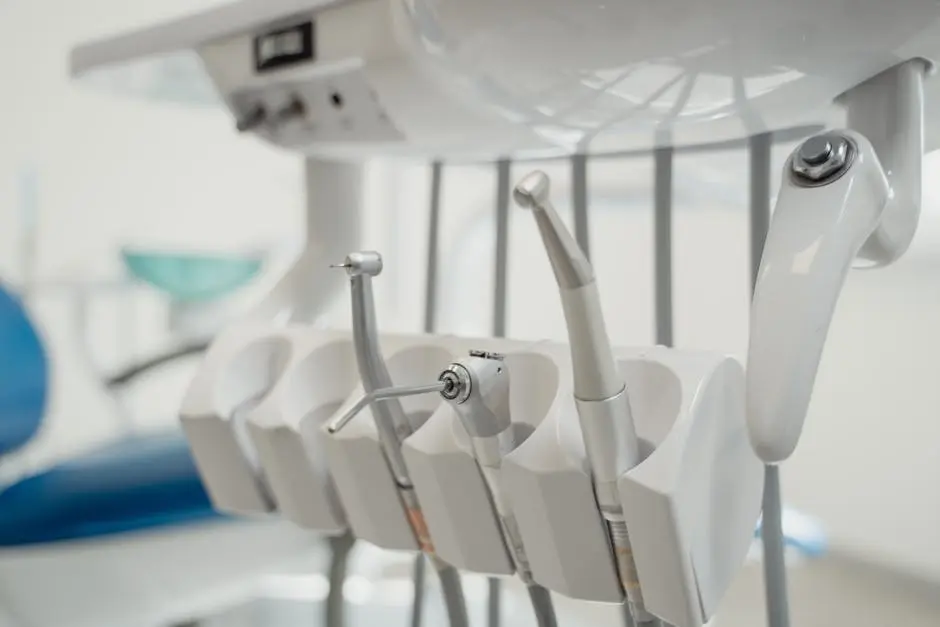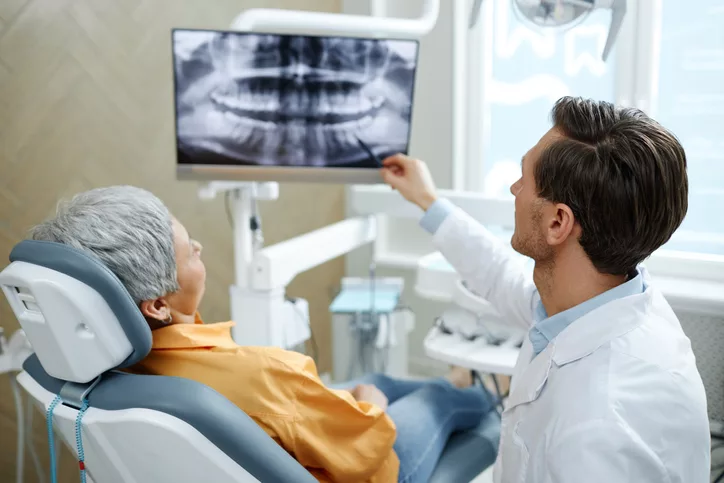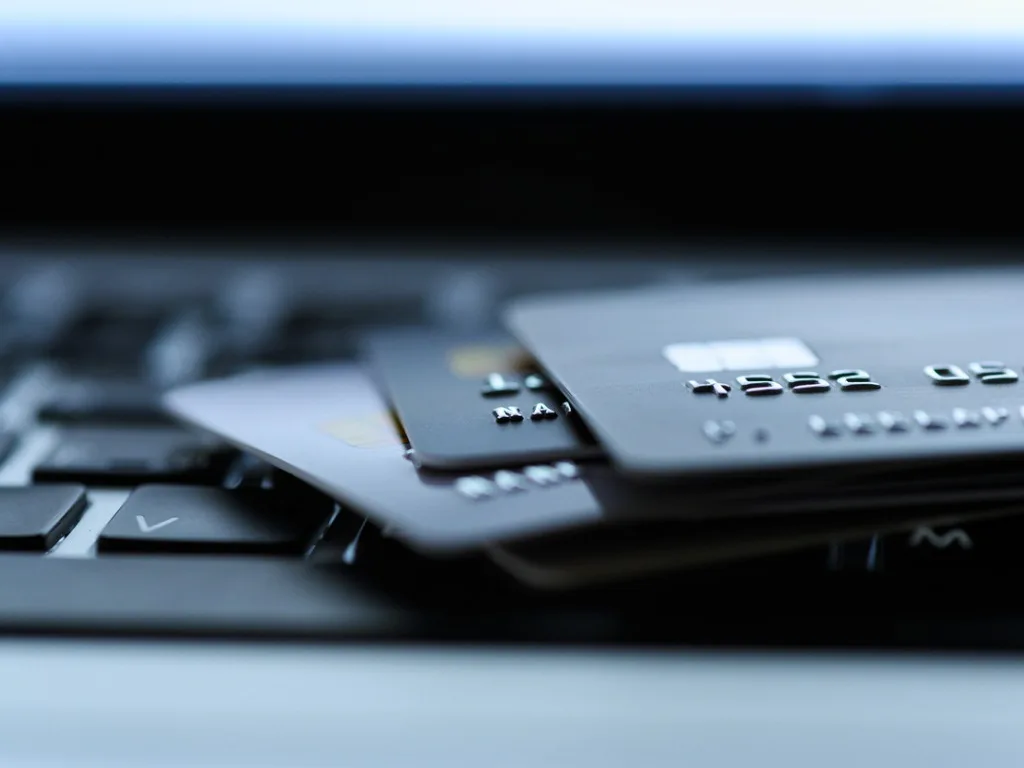Dental care has come a long way over the years, and recent innovations are making it easier and more effective to maintain healthy teeth. From advanced technologies to new practices, these innovations are revolutionizing the way we approach oral health.
1. Laser Dentistry
Laser technology is transforming dental care by offering a less invasive option for various procedures. It reduces discomfort, accelerates healing, and enhances precision. Imagine getting a filling without the dreaded sound of a drill! Lasers can also help in treating gum diseases, teeth whitening, and even cavity detection with remarkable accuracy.
Dentists now use specific wavelengths to target decayed tissues without affecting the surrounding areas, preserving more of the healthy tooth structure. This means less time in the chair and, ultimately, happier, more relaxed patients. As laser technology becomes more widely available, it’s changing the landscape of dental care for the better.
2. 3D Printing in Dentistry
3D printing allows for the creation of custom teeth, crowns, and dental appliances with remarkable accuracy, improving the fit and comfort for patients. This revolutionary technology reduces the time required to produce prostheses significantly.
By enabling on-demand production, 3D printing minimizes waiting times and ensures that dental fixtures fit perfectly from the get-go. This is particularly beneficial for orthodontics, where aligners can be crafted to precise specifications, thus speeding up treatment timeframes.
3. Teledentistry Services
Teledentistry is making dental care more accessible by providing virtual consultations and assessments, helping individuals get the advice they need without visiting a clinic. This approach is particularly beneficial for those in remote areas or with mobility issues.
These services ensure that everyone can receive timely dental advice, diminishing the gap between geographical locations and medical needs. Patients can send images, discuss symptoms, and receive guidance on next steps, all from the comfort of their own homes.
4. Smart Toothbrushes
These toothbrushes connect to apps, providing feedback on brushing habits and ensuring a more thorough oral hygiene routine. By monitoring brush strokes and pressure, they help prevent damage to gums caused by excessive force.
These digital devices are an exciting leap forward in preventive dentistry. They offer personalized tips and reminders, making it easier than ever to maintain optimal tooth health. With real-time data, they turn routine brushing into a tech-savvy practice.
5. Regenerative Dentistry
Focused on growing natural-looking teeth and repairing damaged ones by using stem cells, regenerative dentistry could eventually make fillings and dentures unnecessary. This groundbreaking field aims to harness the body’s natural ability to heal and regenerate.
Scientists are exploring ways to stimulate dental stem cells to regenerate pulp, dentin, and enamel, potentially allowing for self-healing teeth. These advancements are paving the way to a future where tooth loss and cavities lose their perpetual hold on our dental health.
6. Digital Smile Design
This innovative approach uses digital tools to plan and visualize treatment outcomes, providing patients with a preview of their smile transformation. By creating a virtual mock-up, patients can see their expected results before any procedure begins.
These digital simulations allow for a collaborative approach, where dentists and patients can communicate effectively about expectations and desired outcomes. Such personalization helps in reducing anxiety and increasing satisfaction after treatment.
7. Antimicrobial Peptides
These peptides are being developed to combat harmful bacteria in the mouth, reducing the risk of cavities and gum disease. By specifically targeting pathogenic bacteria, they help maintain a healthy balance of good flora in the oral environment.
The peptides provide a promising alternative to traditional antibiotics, reducing the likelihood of developing resistant bacteria. Future dental treatments could involve simple rinses or gels containing these powerful compounds, significantly improving oral health outcomes.
8. Invisible Orthodontics
Clear aligners provide an aesthetic and comfortable alternative to traditional braces, making orthodontic treatment more appealing to adults. These aligners are not only discreet but also removable, allowing for better oral hygiene during treatment.
Since aligners can be adjusted and changed frequently, they often lead to quicker treatment times and fewer office visits. Their unobtrusiveness makes them a popular choice for teens and adults looking to perfect their smiles without the associated stigma of metal braces.
9. Digital X-Rays
Digital X-rays offer clearer images with less radiation exposure, improving diagnostic capabilities and reducing risks for patients. The enhanced images aid in accurate diagnostics, helping dentists detect problems earlier than ever before.
Digital imaging allows for easy storage and transfer of patient data, facilitating consultations and second opinions. With these improvements, patients are safer, and dentists are empowered with better tools for diagnosis.
10. Saliva Diagnostics
By analyzing saliva samples, dentists can detect diseases early on, addressing issues before they become serious health problems. Saliva testing serves as a less invasive procedure compared to traditional methods.
This process can screen for a range of conditions, from dental caries to systemic diseases like diabetes. Its potential for non-invasive monitoring of patients’ health makes it a valuable tool in modern dentistry.
11. Augmented Reality in Education
Augmented reality tools are being used to educate patients about dental procedures and conditions, improving understanding and communication. By visualizing complex concepts, AR helps demystify treatments for anxious patients.
This technology also benefits dental students and professionals, offering simulated environments to practice and refine skills. As AR technology becomes more prevalent, patients are more informed, and practitioners better prepared for diverse procedures.
12. Artificial Intelligence Assistance
AI is helping dentists with diagnostics and treatment planning, ensuring more accurate and personalized care. Machine learning algorithms sift through complex data to devise optimal treatment methods.
These systems assist in identifying abnormalities in X-rays and dental scans that might be missed by the human eye. As AI-powered tools advance, the potential to revolutionize comprehensive care for patients dramatically increases.

















